Let's find some sports photos!
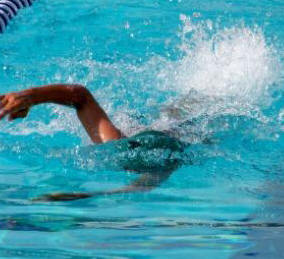

Introduction Task Process Evaluation Conclusion Credits Teachers
You have just graduated from college with a degree in photography and are applying for a job at your hometown newspaper in the sports department. You must submit a portfolio of pictures during your interview tomorrow. Part of the portfolio must include five pictures you have found on the Internet that in your opinion are great sport shots.
Your task is to chose a sport and locate five pictures on the Internet related to that sport. You will create a PowerPoint which contains the photos and an explanation of why you think each picture is a quality image. Searching for great photos on the Internet can be a fun adventure. However, before we get started there are a few things to consider. The most important aspect to consider is Internet Safety. You must be very careful that you don't migrate to a site with inappropriate pictures or sites that could harm you computer through viruses. Second, you must consider copyright laws. Third, you must consider the quality of the image as it relates to the type of photograph, in this case sports. Last, you must consider the size of the image and know how to edit the properties such as pixels and dimensions. This adventure is designed to help you learn how to properly search for and use photos found on the Internet.
Copyright Laws- You need to learn about copyright laws associated with using photos found on the Internet.
Go to the WebQuest found at: http://www.palisadessd.org/606342316104242/lib/606342316104242/copyright_web_lesson.pdf and answer questions 1,2,3, 7, 8 and 9 within a word document and submit this to me through moodle.
Be familiar with the sport
before you get there and know who they key participants are.
Be prepared for weather
conditions and lighting.
Make sure to capture both
action and emotion.
Capture the faces as this
is where the emotion is.

Timing is critical in
action and sports photography. Try to anticipate your shot to capture the
perfect moment such as a goal being scored. This takes practice. Taking many
photos and using the continuous mode can help here.
 |
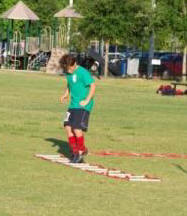 |
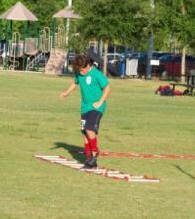 |
Besides using the
continuous mode, try panning the camera. This will take practice.
A fast shutter speed is
important so that the picture is not fuzzy.
This may require you to use an aperture setting of an F-stop equal to
one which will result in a wide open lens, thus letting enough light in.
Many cameras now have sports mode which is often depicted by the icon
![]() .
.
A nice zooms lens can help since your figures may be a good distance away. I was able to zoom in very nicely from 50 yards away with a digital camera that has a 12X optical zoom. Check the capabilities of your camera prior to going to the event.
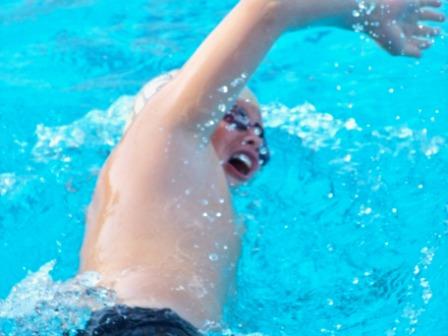 |
If you are photographing a
person, hold the camera vertical since this is the proportion our body is
in. If you are photographing a group of people, hold the camera horizontally
so that you can capture everyone.
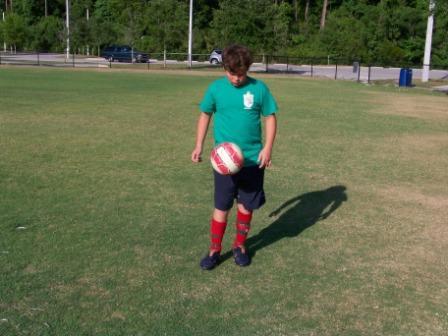 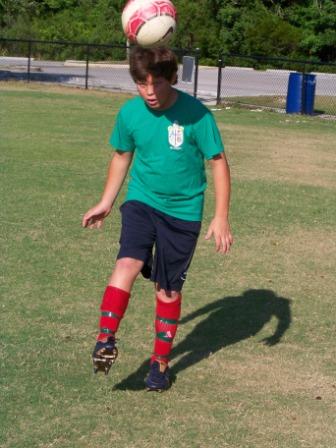 |
Follow “The Rule of Thirds”. This states that is you divide the camera into thirds, both horizontally and vertically, and place the person where the lines intersect that you will get a photo that is more interesting. This allows you to lead the subject into the frame. For example, if you are photographing a runner running right to left, leave more room on the left to give the impression that he is running somewhere.
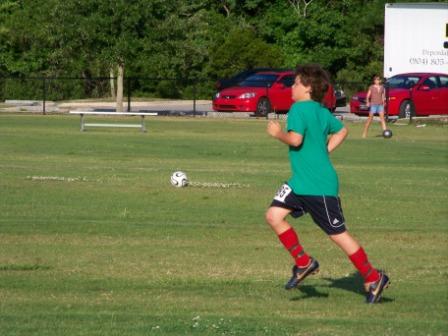
Chose a sport that you are knowledgeable about. Find five photos on the Internet using the following search engines that you visited during #2 above. Use Boolean operators where appropriate.
For each photo selected, state what feature about it makes it a good sports photo.
Save each photo. Make sure you are abiding by the copyright laws. Additionally, make sure after you save it, that you go back and edit it within PhotoShop to a size appropriate to fit on a PowerPoint slide. A size of 300-500 by 300-500 pixels should suffice.
Place each photo and the explanation within a PowerPoint. Be sure to cite your sources using the appropriate format. Send this to me via moodle.
Beginning 1 Developing 2 Accomplished 3 Exemplary 4 Score Demonstrates
an understanding of Public Domain Demonstrates
an understanding of how to judge a photo based on what determines a
great sports photo. Demonstrates
how to adjust the size of the photo for intended use and place the photo
within a PowerPoint.
Attempts to define public domain
Defines public domain and is able to list two
ways material is public domain.
Defines public domain and
is able to list three ways material is public domain.
Defines public domain and
is able to list four ways material is public domain.
Is able to describe fair use.
Is able to describe fair use and list and
describe the four factors associated with fair use.
Is able to describe fair
use, list and describe the four factors associated with fair use, and
state whether all four factors must be in place.
Is able to describe fair
use, list and describe the four factors associated with fair use,
state whether all four factors must be in place, and apply this to
locating five photos on the Internet that abide by fair use.
Can describe what key words can aid
in locating images that do not have copyright laws.
Can describe what key
words can aid in locating images that do not have copyright laws. Can
state whether you can use an image for educational purposes and publish
it on a web.
Can describe what key
words can aid in locating images that do not have copyright laws. Can
state whether you can use an image for educational purppublish oses and
it on a web. Knows how to site the sources.
Can describe what key
words can aid in locating images that do not have copyright laws. Can
state whether you can use an image for educational purppublish oses and
it on a web. Knows how to site the sources. Finds five photos and cites
the sources correctly.
Can find two photos with different features on
the Internet and judge them based on the quality of the feature.
Can find three photos
with different features on the Internet and judge them based on the
quality of the feature.
Can find four photos with
different features on the Internet and judge them based on the quality
of the feature.
Can find five photos with
different features on the Internet and judge them based on the quality
of the feature.
Effectively resizes a photo for placement
within a PowerPoint.
Effectively resizes a
photo for placement within a PowerPoint without loosing picture quality.
Effectively resizes a
photo for optimal size and placement within a PowerPoint without
loosing picture quality.
Effectively creates one
slide per picture and explanation, resizes a photo for optimal
size and placement within a PowerPoint without loosing picture
quality.
You are now an expert on locating great sports photos on the Internet while abiding by copyright laws. Congratulations! :) How could you extend your knowledge to search for and use videos and music from the Internet?
Miracle, Rob (2007).
Photo.net. Sports Photography.
Retrieved May 29, 2008 from
http://photo.net/learn/sports/overview
Open Digital Photography.
Beginner’s Tips for Shooting Great Sports in Digital. Retrieved May
29, 2008 from
http://www.opendigitalphotography.com/Shooting-Tips/Sports-Digital-Photography/Beginner%92s-Tips-for-Shooting-Great-Sports-in-Digital.html
Open Digital Photography.
Digital Photography Tips for Action Shots. Critical Tips for Quick
Action Photography. Retrieved May 29, 2008 from
http://www.opendigitalphotography.com/Shooting-Tips/Sports-Digital-Photography/Digital-Photography-Tips-for-Action-Shots.html
University of Wisconsin-Eau Claire. Finding and Using Images. Retrieved June 1, 2008 from http://www.uwec.edu/markgrjs/findimages.htm
This WebQuest is an activity that I
will use in a Technology class for 8th graders at my school, Episcopal High
School, which is located in Jacksonville, FL. Prior to this activity, we have
completed activities on Internet Safety. Below are two links to curriculum units
we use.
http://www.media-awareness.ca/english/games/index.cfm
http://www.playitcybersafe.com/
Information on Boolean Operators can be found at:
http://www.sandiego.gov/public-library/pctech/internet/search.shtml